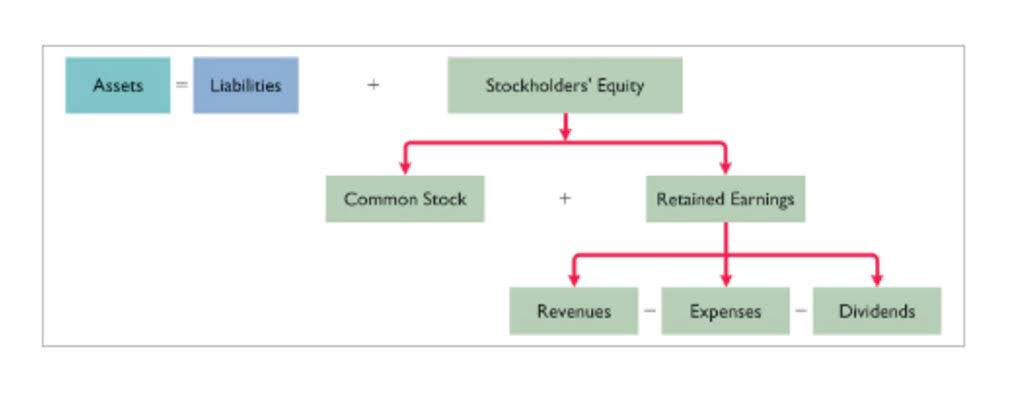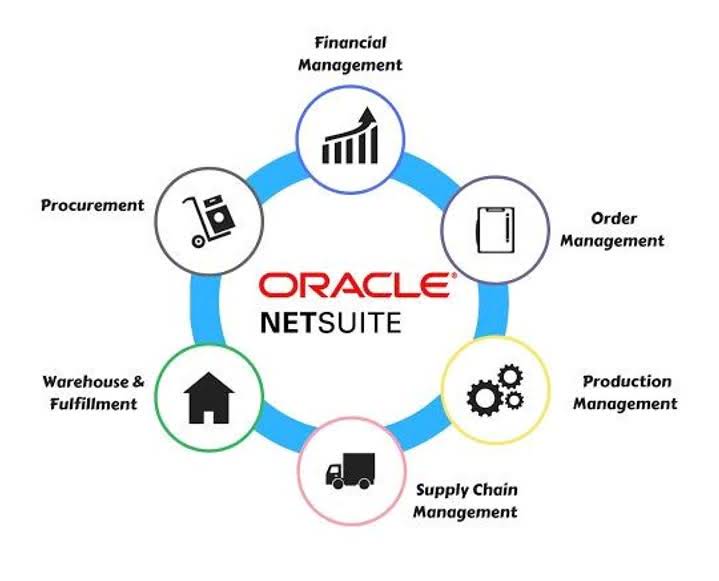
Another prevalent type of hedge is the futures contract, which is similar to forward contracts but standardized and traded on exchanges. Futures contracts provide liquidity and price transparency, making them an attractive option for energy companies looking to hedge against price movements. The use of futures can help companies manage exposure to commodities like oil, natural gas, and electricity. Current market design reflects price-based carbon policy, allowing resources to reflect their compliance costs with the carbon-pricing policies of the relevant region. Mr. Fruit has worked with a broad range of retail and wholesale power market clients during his 20-year energy market career.
Volatility and Hedging
It has also restricted access to the wholesale markets because while the markets are open, their intimidating technicalities have kept less-experienced traders away. Regulators encourage traders to join the markets, but potential participants must show financial strength as well as technical knowledge to be granted access. The Grocery Store Accounting UK, Poland and Germany are set to lead a surge in European FIDs in 2025, reaching 9.5 GW, with several projects in these countries on track for final approval. Poland in particular is expected to see multiple major wind farms reach FID, including Polenergia and Equinor’s Baltyk II and III, following the recent FID for Orsted and PGE’s Baltica 2 in late January 2025.
- Therefore, it is essential to regularly repeat it and ensure that the energy conservation measures implemented are still effective and that new opportunities are being identified and acted on.
- For instance, an energy company may enter into futures contracts to hedge against the risk of fluctuating oil prices.
- This includes creating regular energy consumption reports, conducting energy audits, and monitoring energy consumption over time to identify trends and areas where further conservation measures are needed.
- Developers advanced projects like Red Rock Power and ESB’s 1.1-GW Inch Cape in the UK and Equinor’s 810-MW Empire Wind 1 in the US.
- Hedge accounting is a method of accounting where entries for the ownership of a security and the opposing hedge are treated as one.
Enhancing DER Integration & Meter Data Management with PCI
- According to Ofgem, wholesale energy prices account for a large proportion of energy bills.
- Regulatory bodies, such as the Financial Accounting Standards Board (FASB) and the International Accounting Standards Board (IASB), continuously update these standards to address emerging challenges and complexities.
- Energy prices are influenced by a variety of factors that affect the supply and demand equilibrium.
- Our suite of reports includes finely-tuned performance views from multiple data sources to help optimize your resource management.
- This also benefits GHG pricing states by consistently imparting a carbon price on all emitting resources used to serve the state’s load.
It provides guidelines on how to apply hedge accounting, including the types of hedging relationships and the documentation required. The APX Sentinel Service employs a sophisticated framework that knows when and where your data will be published and will continually poll ISO systems during the appropriate time periods. Any harvesting failures or data holes are raised and dealt with by our 24×7 operations desk so Market Participants begin each day armed with a complete set of data.

Difficulty in obtaining data
Companies must ensure that the hedge is highly effective in offsetting changes in fair value or cash flows attributable to the hedged risk. Regular assessments and adjustments are necessary to maintain the effectiveness of the hedge over its life. This alignment helps in presenting a clearer picture of the company’s financial position and performance.

Future Trends in Hedge Accounting
TransBill’s flexible configuration enables users to define and change even the most complex billing calculations without IT or developer involvement. MCG’s TransBill natively integrates with all of our other systems, including MCG’s Energy Accounting System (EAS), Control Area Scheduler (CAS), and Integrated Asset Manager (IAM). This simplifies implementation as all inputs to the billing process (meters, schedules, calculated determinants, etc.) can be received by TransBill through native interfaces to our other products. Developers advanced projects like Red Rock Power and ESB’s 1.1-GW Inch Cape in the UK and Equinor’s 810-MW Empire Wind 1 in the US. Inch Cape, which formally announced its financial close status in January 2025, secured 15-year contracts for difference (CFD) in both 2022 and 2024, providing revenue certainty and boosting investor confidence.

Some settlements are done through bilateral EEI agreements, which are the equivalent of ISDA agreements in power markets. ISOs are former RTOs that eventually organized into a centralized market in the name of economic efficiency through market forces. Regulatory changes can affect the accounting treatment of hedging activities, necessitating updates to accounting policies and procedures to remain compliant. While renewable sources like solar and wind power are steadily gaining traction, traditional non-renewable sources like coal and gas still constitute a significant portion of the UK’s energy mix. Facilio is a central command platform that utilizes portfolio-wide insights to drive improvement in asset and energy performance, as well as the efficiency of facility management teams.
Evading Soaring Prices

Leveraging tools and expert advice can help streamline this process, ensuring optimal savings and efficiency. The composition of energy sources plays a pivotal role in determining the wholesale cost of energy. Factors such as the origin of the fuel and the existing stock levels can influence prices. When you are thinking about changing your energy contract, consider how timing and other factors may affect accounting for distribution companies wholesale prices. Facilio combines the essential elements of asset maintenance and energy management by integrating real-time data-driven intelligence into existing building infrastructure. Energy accounting can reveal areas of inefficiency, and it also requires significant changes to systems and processes.
- All of this can affect and sometimes even block the supply, threatening the availability, increasing the demand and then driving the wholesale cost of energy up.
- External resources that bid and are awarded to serve load in California or Washington receive a marginal GHG price, which is paid by the load subject to that state’s carbon-pricing policies.
- Utilicast’s expert Settlement analytic capabilities can show you how to leverage the valuable settlement data into enterprise enhancing analysis, reports, and process improvement.
- The energy market might appear relatively stable from the perspective of a business customer on a fixed deal because you pay the same rates for the electricity your business uses throughout the duration of your contract.
The global supply of energy can be impacted by natural disasters or incidents, as well as stresses from war, civil unrest and the impact of political decisions. All of this can affect and sometimes even block the supply, threatening the availability, increasing the demand and then driving the wholesale cost of energy up. Energy accounting sometimes requires collecting sensitive data, such as data on the energy consumption of individual buildings or equipment. That’s why it is vital to ensure that this data is protected from unauthorized access and misuse. Energy accounting relies on accurate data, which can lead how is sales tax calculated to incorrect conclusions and decision-making if inaccurate.